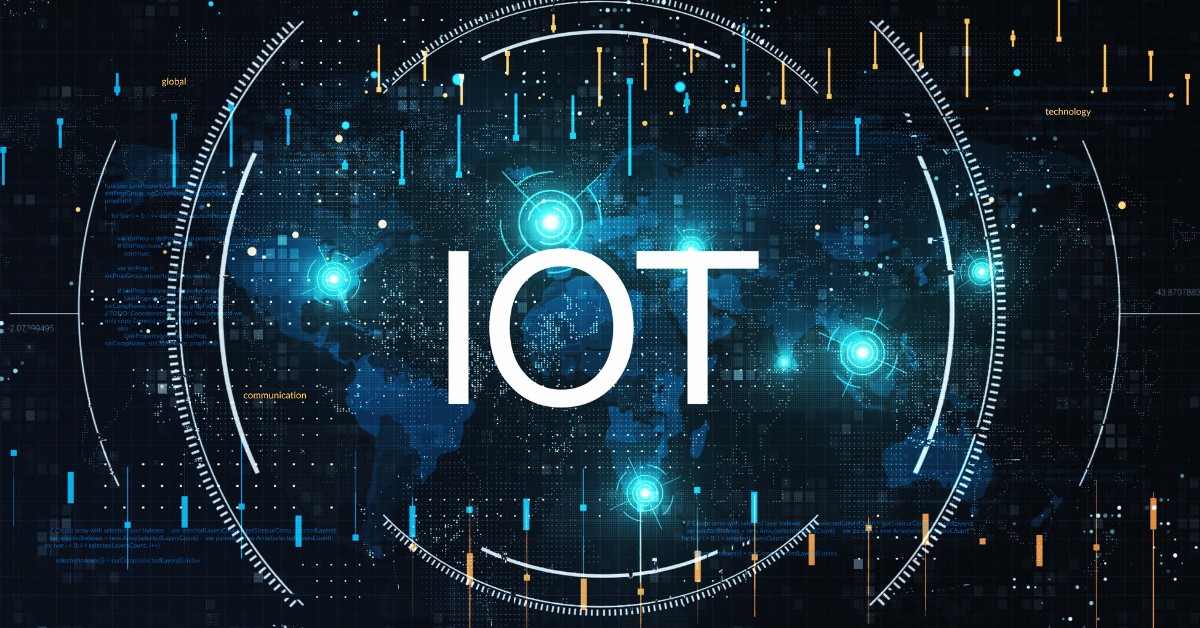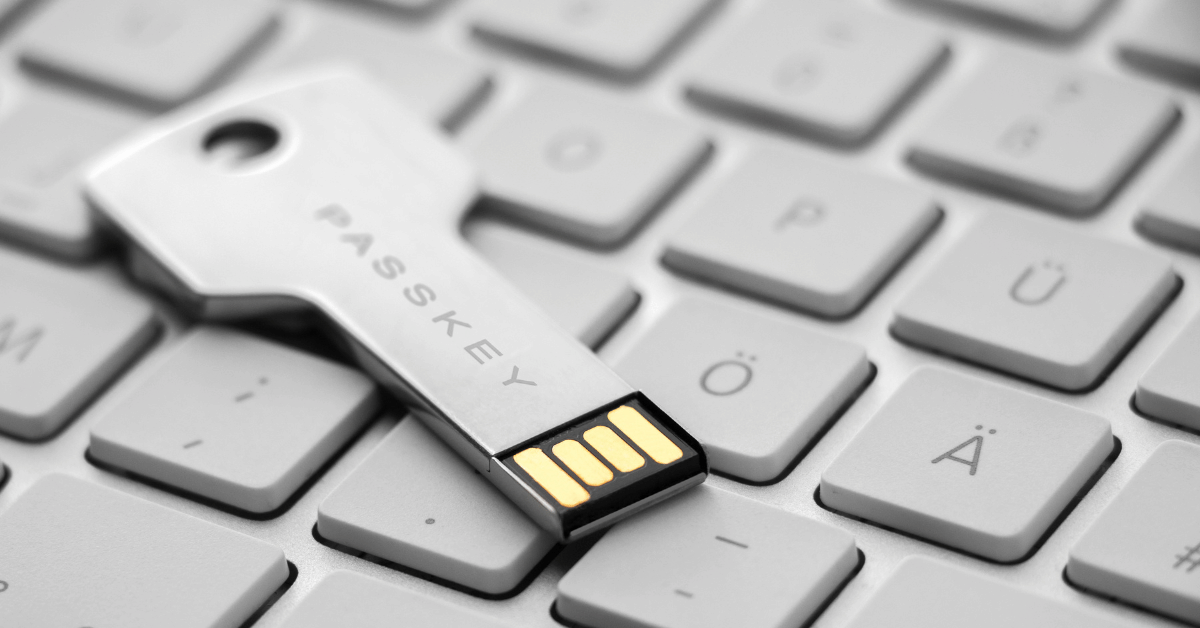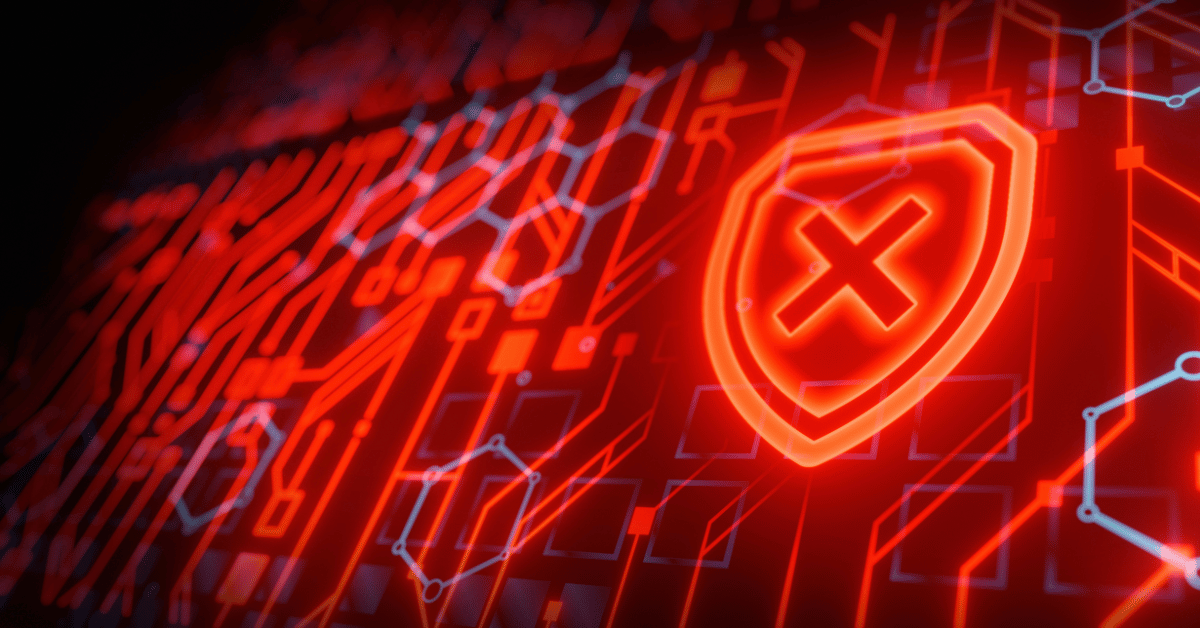Leading Through Uncertainty: A CISO’s Playbook for IoT Threats in 2024

As we approach the mid-2020s, the specter of IoT threats looms larger than ever before. As a CISO, understanding these potential attacks, identifying threat actors, and strategizing for their prevention is crucial. It’s also vital to consider the financial implications of these threats and plan accordingly.
Understanding the Nature of IoT Attacks
In the ever-widening world of the Internet of Things (IoT), our daily interactions extend from our smartphones to our refrigerators, and even to our automobiles. This burgeoning network of connectivity, while revolutionizing modern convenience, also births unprecedented cybersecurity vulnerabilities. IoT devices often exhibit weaker security measures, making them irresistible targets for cybercriminals. These malicious entities exploit the defense gaps to gain illicit access, pilfer valuable information, or orchestrate grand-scale cyberattacks.
As we peer into the horizon of 2024, we must be prepared for a diverse array of IoT threats. Conventional modes of cyber onslaught, such as malware or DDoS attacks, may metamorphose to specifically target IoT devices. Alarmingly, we could also witness the advent of AI-empowered threats capable of self-adapting and self-propagating across networks, creating complex webs of intrusions that are hard to predict or prevent.
Simultaneously, the fast-paced roll-out of 5G technology poses an amplifying risk. The improved connection speed and robustness, while advantageous for legitimate users, also provide a fertile ground for cybercriminals to exploit, accelerating the potential scale and impact of IoT attacks.
Thus, the nature of IoT threats in 2024 will likely be multifaceted and complex, calling for dynamic, advanced, and proactive security strategies. As CISOs, the onus is on us to anticipate these emerging threats, identify the inherent vulnerabilities in our IoT infrastructure, and execute robust defense measures to safeguard against these escalating cyber risks.
Identifying the Threat Actors
Navigating the labyrinth of cybersecurity, one must grapple with the fluidity of the threat landscape. The actors that animate these threats are as diverse as they are numerous. They range from lone wolves who are cyber-savvy individuals fueled by the thrill of disruption, to meticulously organized crime syndicates that leverage IoT vulnerabilities for lucrative blackmail and extortion schemes.
One cannot afford to overlook the menace posed by state-sponsored actors either. These formidable entities, backed by substantial resources and strategic intent, exploit IoT systems for gaining competitive advantage or disrupting critical services.
The lowering of barriers in the digital underworld due to easy access to hacking tools amplifies this threat manifold. In an alarming trend, individuals with minimal technical know-how can now orchestrate significant IoT attacks, adding a disconcerting unpredictability to the threat matrix.
Recognizing this diverse array of threat actors is not merely an academic exercise. It provides crucial intelligence to anticipate potential attack vectors, understand their modus operandi, and tailor your cybersecurity defenses accordingly. Therefore, as vigilant sentinels in the realm of cybersecurity, we must continuously attune ourselves to this fluctuating landscape of threat actors and remain a step ahead in our defensive strategies.
Unraveling the Motivations Behind IoT Threats
Probing the underlying motivations of threat actors propels us toward a more proactive cybersecurity posture. It not only helps predict possible targets but also assists in planning strategic defense tactics.
State-sponsored entities, often backed by vast resources and a strategic agenda, predominantly harness IoT threats to achieve political gains. These groups may endeavor to disrupt critical infrastructure or public services, pushing their targets into a state of chaos and vulnerability.
Cybercriminal syndicates, on the other hand, are mostly financially driven. Their modus operandi generally revolves around infiltrating corporate networks or targeting high-value digital assets. These malefactors specialize in data theft, ransomware attacks, and other lucrative cybercrime tactics.
However, motivations can be a complex web, not always tied to tangible gains. A subset of threat actors, commonly termed as ‘hacktivists,’ draw their inspiration from ideological or ethical beliefs. They exploit IoT vulnerabilities to target organizations they perceive as ethically flawed or politically contentious.
Deciphering these motivations, while challenging, is a vital component of a CISO’s toolkit. It equips us to anticipate potential attack vectors, develop tailored defensive strategies, and ultimately create a more resilient IoT ecosystem.
Assessing the Financial Impact of IoT Attacks
When we delve into the financial repercussions of IoT attacks, the landscape can be startling. Not only do they trigger immediate financial drain through data theft or extortion, but they can also instigate enduring economic damage. This might manifest as diminished customer loyalty, punitive regulatory penalties, and potentially costly litigation proceedings.
Moreover, the fiscal fallout extends beyond the initial assault. There are tangible costs linked to incident response, which includes analysis, containment, eradication, and recovery. This expenditure is accompanied by the often significant outlay for system restoration, enhanced security measures, and possible public relations efforts aimed at managing reputational harm.
Such collateral expenses serve as a stark reminder of the economic implications of IoT threats. The cascade of costs that follow an IoT breach can significantly impact the financial health of an organization, sometimes in a way that’s irreversible. Therefore, preemptive financial planning and budgeting for these potential expenditures is a non-negotiable element in every CISO’s strategy.
Yet, it is crucial to recognize that the financial impact is not just a potential loss; it represents a call to investment. It emphasizes the necessity to allocate resources toward strengthening security measures, embracing innovative detection tools, and investing in employee cybersecurity training. The return on such investment is immeasurable, as it builds resilience, safeguards reputation, and fortifies trust—protecting not only the organization’s bottom line but its very standing in an increasingly digitized world.
In the face of rising IoT threats, comprehending the potential financial fallout is not merely about bracing for impact. Instead, it equips us with the foresight to make informed, strategic investments that bolster our defenses, cultivate resilience, and ultimately, ensure our organization’s digital future in an interconnected world.
Strategizing for the Future of IoT Security
As we navigate the landscape of IoT threats, it’s imperative to not just react, but to proactively strategize for the increasingly digitized future. The fabric of this strategy must be woven with a robust security framework, specifically designed for IoT devices. It should be agile enough to adapt to evolving threats while remaining firmly rooted in fundamental security principles.
Periodic risk assessments are critical, providing an ongoing measure of our defense posture and revealing vulnerabilities before they’re exploited. Coupled with this, a vigilant monitoring system is essential. An alert sentinel, it stands guard against unusual activities or breaches, facilitating swift and effective responses.
However, the heartbeat of our future strategy lies within our own organizations. We must foster a culture where security isn’t viewed as an optional appendage but an integral core of our operations. Every individual, regardless of their role, should understand their responsibility in safeguarding our IoT environment. This collective commitment will forge a human firewall, enhancing our technical defenses.
Yet, in a world where threats are becoming smarter, our defenses must evolve too. Automation and Artificial Intelligence must be harnessed as strategic allies in our security armory. These technological advances will augment our detection capabilities, shrinking the window between breach and response. More importantly, they will empower us to stay one step ahead, predicting and preempting threats before they materialize.
In essence, our future strategy cannot be a static document, but a living, breathing entity. It must grow, adapt, and evolve, mirroring the dynamic nature of the IoT threats we face. This strategic foresight, combined with an unyielding commitment to security, will fortify our defenses, ensuring we’re not just surviving in the digital landscape of 2024, but thriving. As CISOs, it’s our duty to lead this charge, safeguarding our organizations and securing our future in an interconnected world.
Try Portnox Cloud for Free Today
Gain access to all of Portnox's powerful zero trust access control free capabilities for 30 days!








